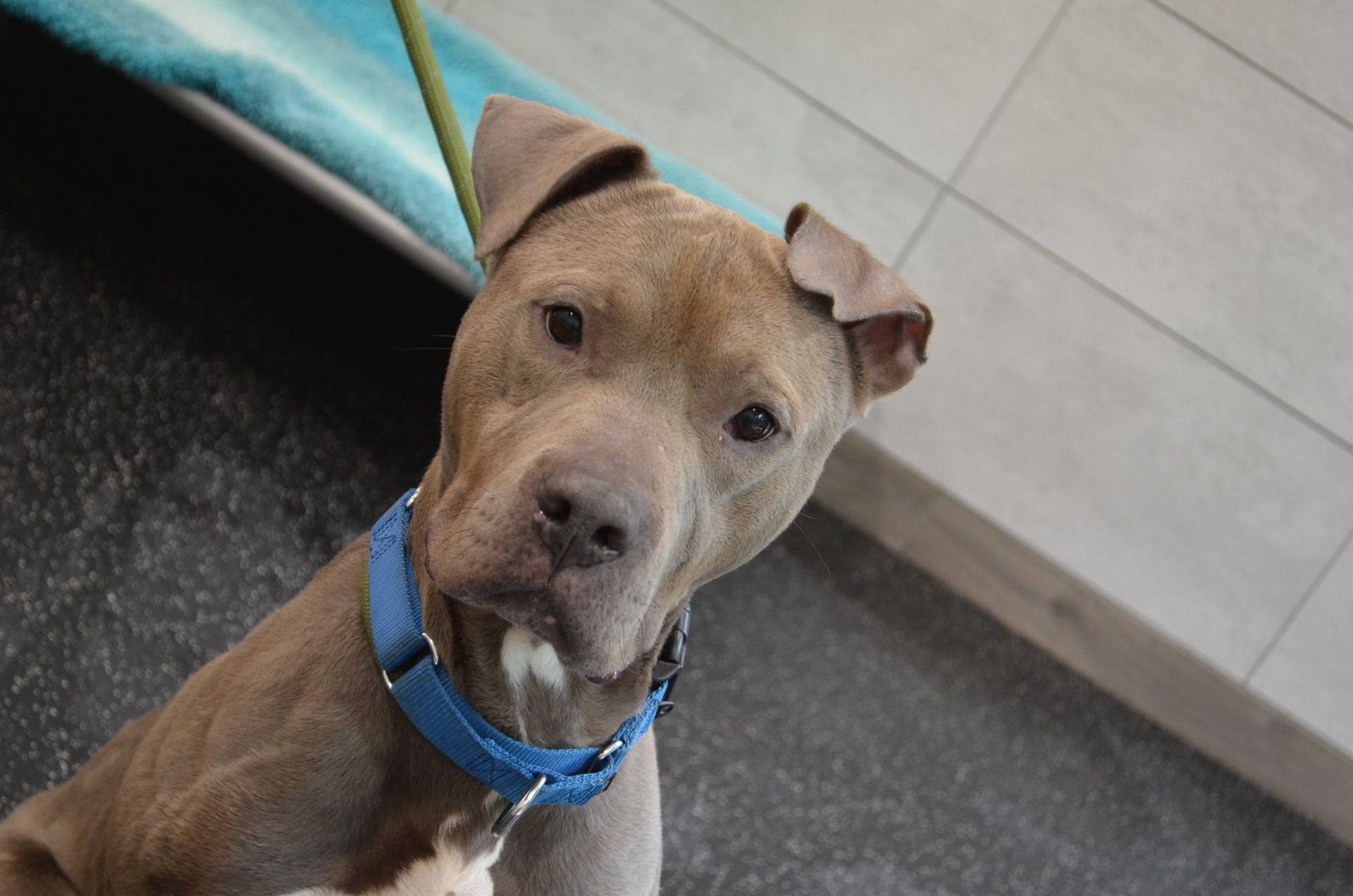Keep Your Pets Hydrated During the Heat of Summer

Animal Chronicles
July 20, 2025
By Dan Barner
Keep Your Pets Hydrated During the Heat of Summer
It’s been a hot summer so far in the Capital Region, with many days seeing temperatures into the 90s. July is National Pet Hydration Awareness Month, the perfect time to take a pause and think about how we can keep our pets safe throughout the remainder of summer. Pets should always be kept adequately hydrated, of course. However, summer is an even more critical time to pay attention to your pet’s hydration as temperatures and humidity rise.
Pets need sufficient water in order to regulate body temperature, transport nutrients and oxygen, moisturize the air in their lungs, and support the nervous system. Pets are very susceptible to dehydration which can lead to heatstroke and many other health issues. Insufficient water in cats can lead to urinary blockages. Dehydration in pets can quickly become deadly.
Signs of dehydration in pets include excessive panting, dry nose and gums, sunken eyes, lethargy, loss of appetite, vomiting and decreased skin elasticity. If your pet begins to show signs of dehydration, get them fresh water and a cool place to rest immediately. If their condition does not improve, it may be time to contact your veterinarian.
There are many ways that pet owners can promote hydration in their pets. First and foremost, always make sure that your pet has access to clean, fresh water whether they are indoors or outdoors. Water bowls should be washed regularly with hot soapy water to prevent mildew from forming. The location of your pet’s water bowl can also influence how much they drink, so if they seem to not like going to the location that it is in consider moving it or adding additional water bowls in different locations. Wet food can also help hydrate your pet, especially in cats that tend to not drink enough water.
If you are traveling with your pet, bring a water bowl and bottled water. Never leave your pet in an unattended vehicle. The temperature inside a car can rise 20 degrees in just 10 minutes, quickly making for a dangerous environment for pets. Schedule walks and outdoor activities strategically to limit how much strenuous activity takes place during the hottest parts of the day. When your pet is outside, be sure to provide plenty of shade and rest breaks.
We still have many hot summer days ahead of us, and likely several hot days during autumn as well. Learning the signs of dehydration in pets and implementing proper hydration practices year-round will help keep your pet safe, healthy and happy.

